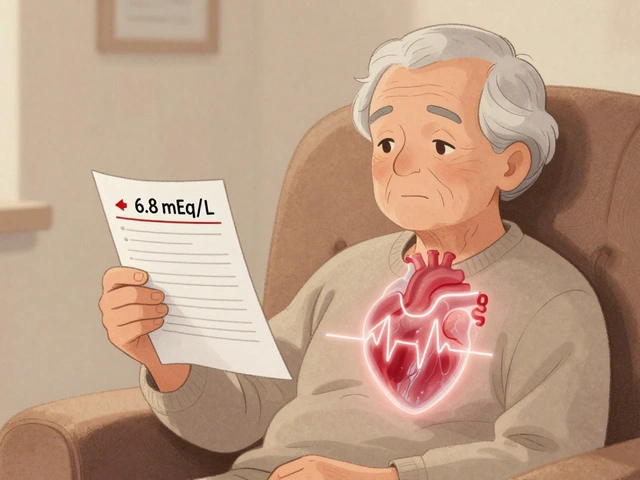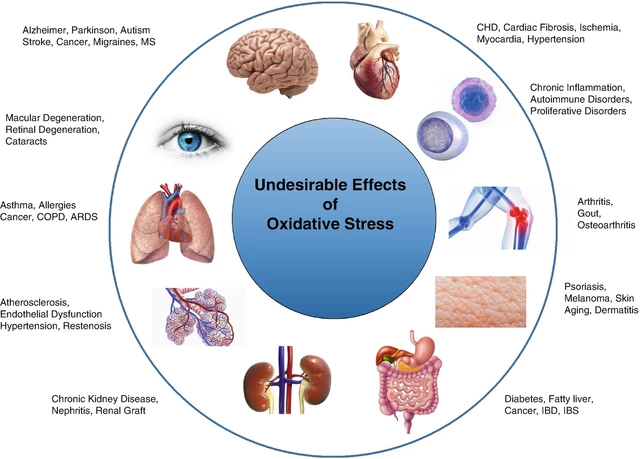Steroid‑Sparing Drugs: Safer Options & Practical Tips
If you’ve been told to cut back on steroids, you’re not alone. Many patients and doctors look for steroid‑sparing drugs to avoid the long‑term side effects of corticosteroids while still controlling inflammation or autoimmune disease.
What Counts as a Steroid‑Sparing Drug?
A steroid‑sparing drug is any medication that can replace—or reduce—the dose of steroids you need. Common groups include:
- Disease‑modifying antirheumatic drugs (DMARDs) like methotrexate, azathioprine, and leflunomide.
- Biologics such as adalimumab, etanercept, or rituximab that target specific immune pathways.
- JAK inhibitors (tofacitinib, baricitinib) used for rheumatoid arthritis and other conditions.
- Calcineurin inhibitors like cyclosporine or tacrolimus, often used in transplant patients.
- Non‑steroidal anti‑inflammatory drugs (NSAIDs) when pain control is the main goal.
The choice depends on your diagnosis, how severe it is, and what side effects you can tolerate.
Why Switch to a Steroid‑Sparing Regimen?
Long‑term steroids can cause weight gain, high blood pressure, diabetes, osteoporosis, mood swings, and more. By using a steroid‑sparing agent, you keep those risks low while still getting disease control.
Most patients notice better bone health and less fluid retention within weeks of cutting steroids. You’ll also avoid the “steroid crash” that can make you feel weak or fatigued when the dose drops suddenly.
How to Start a Steroid‑Sparing Plan
1. Talk to your doctor. Explain why you want to reduce steroids and ask which alternative fits your condition.
2. Get baseline labs. Blood counts, liver enzymes, kidney function, and disease‑specific markers help track how the new drug works.
3. Taper slowly. Most doctors reduce steroids by 5–10 mg every week while monitoring symptoms. Jumping off too fast can trigger a flare.
4. Watch for side effects. New drugs bring their own risks—methotrexate may cause nausea, biologics can increase infection risk. Report any new issues promptly.
Quick Tips for Success
- Keep a symptom diary. Note pain levels, joint swelling, or breathing changes each day.
- Stay on schedule. Missing doses of biologics can lead to disease rebound.
- Maintain a healthy lifestyle—balanced diet, regular exercise, and adequate calcium/vitamin D help protect bones when steroids are reduced.
Switching away from steroids isn’t a magic bullet; it requires teamwork between you and your healthcare team. But for many, the trade‑off is worth the improved quality of life.
If you’re curious about specific drugs—like whether methotrexate works for your rheumatoid arthritis or if rituximab fits an autoimmune kidney disease—drop a comment below or check our detailed drug reviews. We’ll help you find the right steroid‑sparing path.
11
Prednisone Alternatives: Top 10 Steroid-Sparing Treatments & Lifestyle Changes in 2025
Find out what doctors really recommend for prednisone alternatives in 2025, including effective drugs and lifestyle tweaks for safer inflammation control.
Latest Posts
Popular Posts
-
 Small Intestinal Bacterial Overgrowth: Breath Tests and Treatment Explained
Small Intestinal Bacterial Overgrowth: Breath Tests and Treatment Explained
-
 Generational Differences: How Age Shapes Attitudes Toward Generic Medications
Generational Differences: How Age Shapes Attitudes Toward Generic Medications
-
 Tricyclic Antidepressant Side Effects: Amitriptyline, Nortriptyline, and Other TCAs Explained
Tricyclic Antidepressant Side Effects: Amitriptyline, Nortriptyline, and Other TCAs Explained
-
 Allergy Action Plan: Essential Medications to Carry and When to Use Them
Allergy Action Plan: Essential Medications to Carry and When to Use Them
-
 Dangerous Hyperkalemia from Medications: Cardiac Risks and Treatment
Dangerous Hyperkalemia from Medications: Cardiac Risks and Treatment



